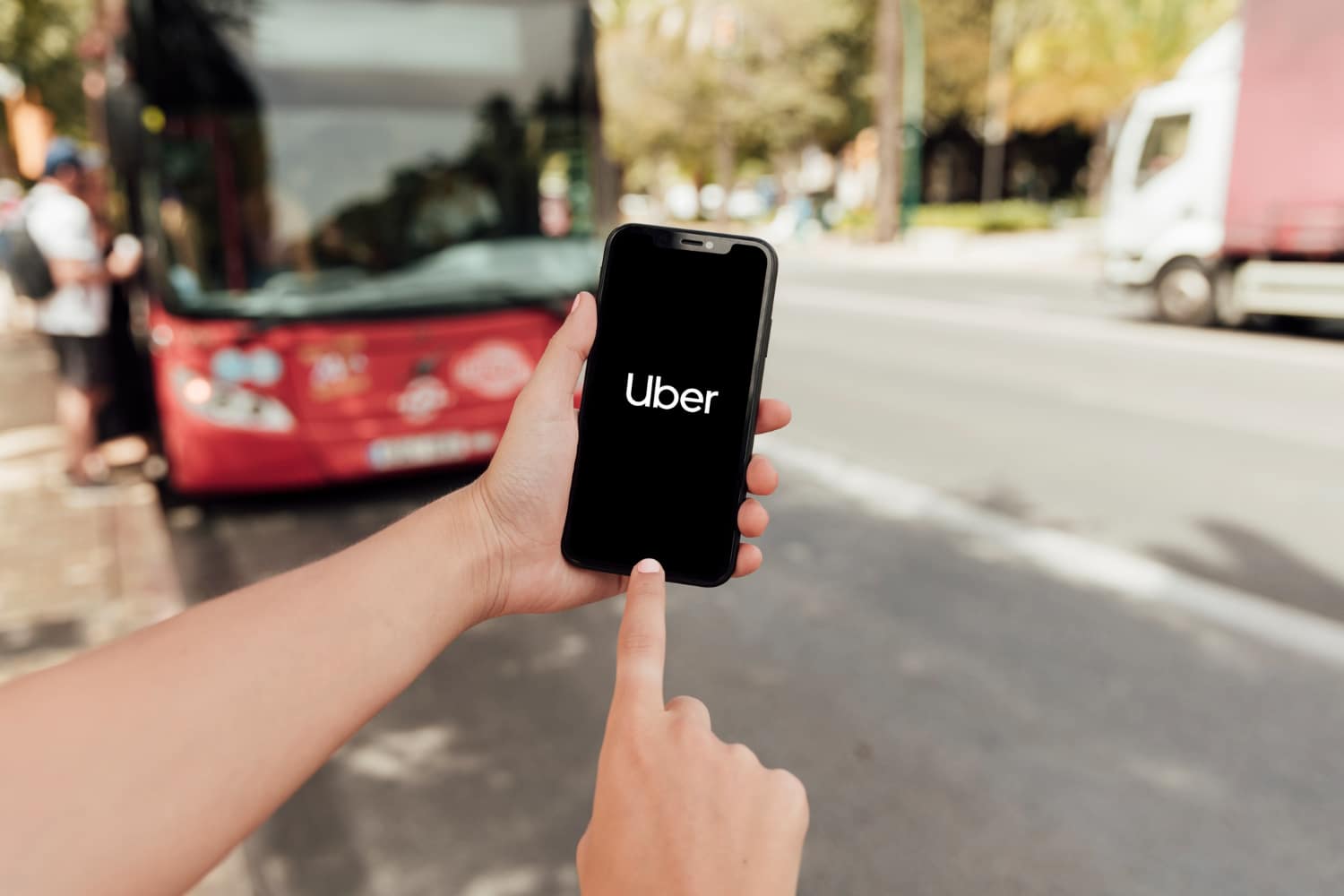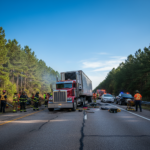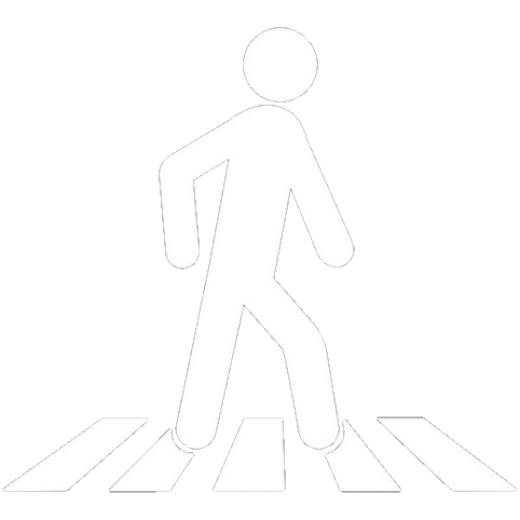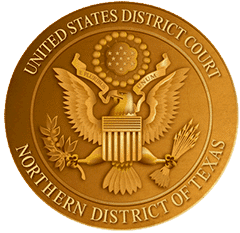Whether you’re a frequent rider or considering becoming an Uber driver in Texas, understanding the ins and outs of their policy is crucial. From liability coverage to what happens if you’re involved in an accident while riding in an Uber – we’ve got you covered. So, let’s rev our engines and hit the road to explore everything you need to know about Uber’s insurance protection!
UBER INSURANCE FOR DRIVERS IN TEXAS:
All Uber drivers must carry auto insurance coverage that goes beyond the minimum required by Texas law. The exact amount of coverage they need will vary depending on what stage of the rideshare process they are in.
When it comes to Uber drivers in Texas, having the right auto insurance coverage is non-negotiable. These drivers must go above and beyond the state’s minimum requirements. The specific amount of coverage varies based on where they are in the rideshare process.
For instance, when an Uber driver has their app turned off and is using their vehicle for personal reasons, they only need to meet the standard Texas insurance requirements. This includes bodily injury coverage per person injured in an accident, bodily injury coverage per accident, and liability coverage for property damage per accident.
However, things change once the Uber app is switched on and the driver is waiting for a ride or in route to pick up a passenger. At these stages, higher levels of liability coverage come into play to ensure adequate protection for both drivers and passengers alike.
When the RIDESHARE APP IS OFF, and Uber drivers are simply cruising around for personal errands or enjoying some time off, they only require the basic minimum insurance coverage as mandated by Texas law. This includes $30,000 of bodily injury coverage per person in case of an accident and $60,000 of bodily injury coverage per accident. Additionally, there should be $25,000 of liability coverage specifically designated to cover any property damage that may occur during such personal trips.
It’s crucial for Uber drivers to understand these insurance requirements depending on their activity status within the rideshare app. By ensuring they have adequate coverage at all times based on whether they are driving for personal reasons or actively working as a rideshare driver through platforms like Uber, they can protect themselves and others in various potential scenarios on the road.
When the Uber app is on and a driver is waiting for a ride, they are required to have higher levels of liability coverage. This means having $50,000 of bodily injury liability coverage per person injured in an accident. In addition, there must be $100,000 of bodily injury liability coverage per accident to ensure adequate protection for all parties involved.
Moreover, drivers in this phase must also carry $25,000 of liability coverage for property damage per accident. These increased coverage limits aim to safeguard both the driver and potential passengers during the crucial period when they are actively seeking rides through the Uber platform.
It’s essential for drivers to understand these requirements and ensure they have sufficient insurance in place while operating under the Uber app. By adhering to these guidelines, drivers can help mitigate risks and provide peace of mind for everyone involved in the ridesharing process.
Depending on the insurance company, some drivers cannot purchase variable coverage levels that go into effect at different times. As a result, they have to buy a policy that meets those higher limits. For instance, if Uber drivers insure themselves with a company like Progressive, they will have to purchase the highest amount of coverage to protect them at all times.
When it comes to insurance coverage for Uber drivers, there can be variations depending on the insurance company they choose. In some cases, drivers may not have the option to purchase variable coverage levels that change based on different stages of their rideshare activities. This means they might need to opt for a policy with higher limits across the board.
For example, if an Uber driver selects Progressive as their insurer, they would likely need to secure the highest amount of coverage available at all times. While this approach ensures comprehensive protection, it’s essential for drivers to understand and carefully review the terms and conditions of their chosen insurance provider to guarantee sufficient coverage in any situation that may arise during their ridesharing ventures.
When the driver is on their way to pick up a rider or already has a passenger in their car, the liability limits are a lot higher: $1 million for bodily injury and property damage per collision. This coverage is provided by Uber insurance for drivers, along with $1 million in underinsured/uninsured motorist coverage. The company actually goes further than Lyft by providing contingent collision and comprehensive coverage that takes effect while passengers are in the vehicle.
When the driver is en route to pick up a rider or already has a passenger in their car, Uber steps up its liability coverage significantly. The company provides $1 million for bodily injury and property damage per collision during this stage of the ride-sharing process. Additionally, Uber includes $1 million in underinsured/uninsured motorist coverage to further protect both drivers and passengers.
What sets Uber apart from some competitors like Lyft is that they offer contingent collision and comprehensive coverage while passengers are inside the vehicle. This means that in the unfortunate event of an accident, not only are bodily injuries and property damages covered up to $1 million, but also additional protection for collisions and other physical damages to the vehicle itself kicks in.
This level of extensive insurance coverage demonstrates Uber’s commitment to ensuring the safety and security of everyone involved in their rideshare service.
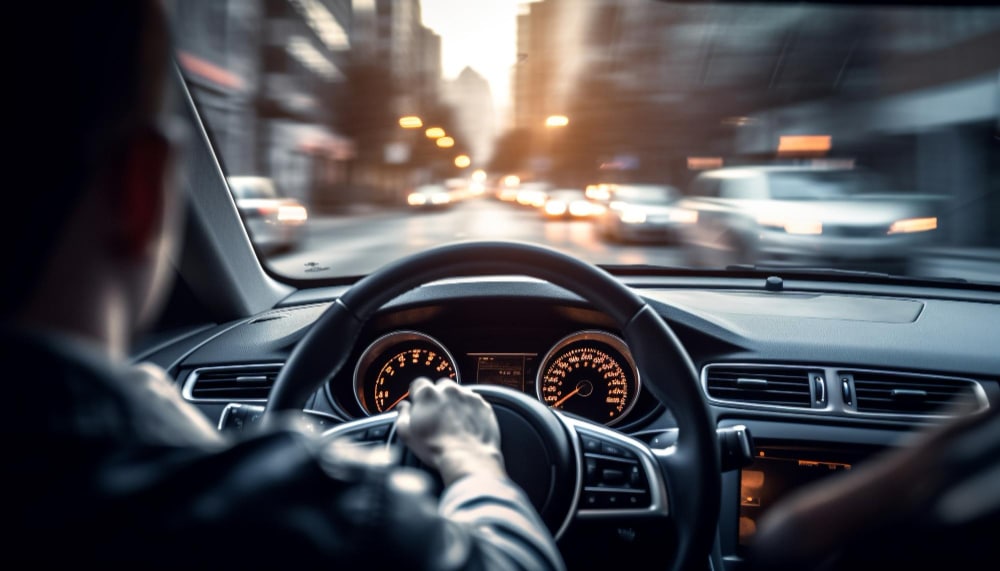
COMMON CAUSES OF UBER ACCIDENTS IN TEXAS
Although Uber drivers provide a service, they aren’t trained professionals like limo drivers or those with a CDL license. They’re everyday people who either make a living or earn some extra money using their personal vehicle to transport passengers.
While most are good and conscientious drivers, others indulge in negligent actions such as: Driving under the influence of drugs or alcohol Distracted driving, Driving while sleep deprived, Failing to yield the right of way, Speeding, and Running red lights.
However, Uber drivers aren’t always to blame for rideshare accidents. The negligence of other motorists can also lead to a wreck involving an Uber. There are some causes that are beyond a driver’s control, including road conditions, road defects, equipment malfunction, or inclement weather. For this reason, you should always consult a Texas accident lawyer to explore your legal options after a crash.
Uber drivers in Texas, despite not being professional chauffeurs, play a crucial role in transporting passengers. While many of them are responsible drivers, some engage in risky behaviors like driving under the influence or speeding. These actions can lead to accidents and endanger both themselves and their passengers.
Moreover, external factors such as road conditions or equipment malfunctions can also contribute to Uber accidents. In such cases, determining liability becomes complex and may require legal assistance from a Texas accident lawyer to navigate through the legal process effectively.
It’s essential for both drivers and passengers to be aware of these potential risks involved in ridesharing services like Uber. By staying informed and taking necessary precautions, everyone can contribute to promoting safety on the roads of Texas.
WILL UBER PAY FOR MY CAR ACCIDENT IF A DRIVER HITS ME?
Possibly, but it would depend on whether the driver was on the clock or not at the time of the accident; in other words whether they were driving a passenger or logged into the Uber app and looking for riders. If the Uber driver was not working at the time, the incident would be similar to a regular motor vehicle accident in Texas. Since this is an at-fault state for car accidents, you would file a claim against the driver and their personal auto insurer to get the compensation you need. If the driver caused your accident while carrying a passenger, their personal insurance policy applies, as well as Uber’s $1 million coverage. However, if they were logged into the app but not transporting any riders yet, you can make a claim against their personal policy and Uber’s will remain available, but it will be lowered to the amounts outlined in the previous section: $50,000 per person, $100,000 per accident, and $25,000 for property damage. WHAT IF I AM RIDING IN AN UBER? Uber carries third-party liability insurance, which covers personal injuries and property damage up to $1 million per accident. When a ride-sharing driver is at fault for an Uber car accident in Texas, passengers are covered under this kind of liability policy. Uber‘s uninsured/underinsured motorist policy covers all vehicle occupants if another driver causes an accident and does not have sufficient insurance to pay for your medical bills, lost wages, and other damages.
In the unfortunate event that you’re involved in a car accident with an Uber driver, whether as a pedestrian or another vehicle’s occupant, the coverage you receive depends on various factors. If the Uber driver is off-duty at the time of the incident, it would be treated like any regular motor vehicle accident in Texas. In such cases, you’d typically file a claim against their personal auto insurance policy for compensation.
However, if the Uber driver is working when the accident occurs – either transporting a passenger or logged into the app – different levels of insurance coverage come into play. For passengers riding in an Uber during an accident caused by their driver, third-party liability insurance covers personal injuries and property damage up to $1 million per incident.
Additionally, if another party causes an accident involving your Uber ride and lacks adequate insurance to cover your expenses, Uber’s uninsured/underinsured motorist policy steps in to provide protection for medical bills and other damages incurred during the incident.
WHAT DOES UBER COVER?
In accidents covered by Uber’s third-party liability or uninsured/underinsured motorist policy, you can file a claim against the company’s insurer for damages like the following: Past, current, and reasonably anticipated medical expenses Rehabilitative therapies like physiotherapy and psychological counseling Lost income Loss of earning ability Pain and suffering Mental anguish Scarring and disfigurement Loss of consortium Loss of enjoyment of life Property damage The families of those killed in Uber accidents may file a lawsuit and seek compensation for their losses.
In the unfortunate event of being involved in an accident with an Uber driver, you may wonder what kind of damages Uber’s insurance covers. Rest assured, if the accident is covered by Uber’s third-party liability or uninsured/underinsured motorist policy, you can seek compensation for a variety of expenses. These include medical costs – both current and anticipated future expenses, rehabilitative therapies such as physiotherapy or counseling, lost income due to time off work, and loss of earning ability.
Additionally, you may be eligible to claim for pain and suffering resulting from the accident, mental anguish caused by the traumatic experience, any scarring or disfigurement suffered as a result of the incident. Loss of consortium and enjoyment of life are also factors that can be taken into consideration when seeking compensation from Uber’s insurer. Property damage incurred during the accident is also typically covered under their policy.
Moreover, families who tragically lose a loved one in an Uber-related accident have avenues to pursue justice through lawsuits aimed at seeking compensation for their losses.
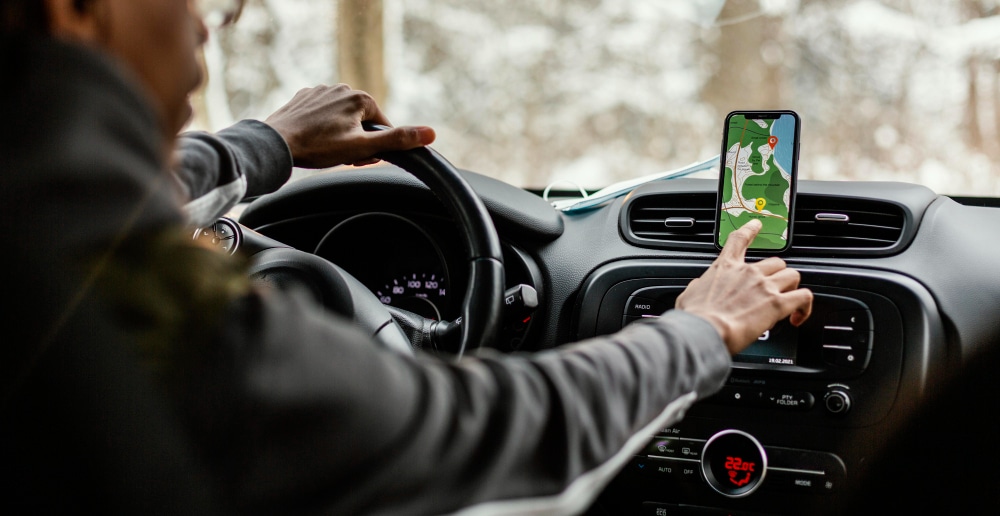
Types of Insurance Coverage Provided by Uber
Uber offers various types of insurance coverage to ensure the safety and protection of both drivers and passengers.
One key coverage is Primary Liability, which includes bodily injury and property damage liability up to $1 million per accident when a driver has a passenger or is en route to pick one up.
Another important type is Contingent Liability Coverage, which applies when the driver is logged into the Uber app but doesn’t have passengers yet. The limits vary by state.
Uninsured/Underinsured Motorist Coverage protects against accidents caused by inadequately insured drivers, with typical coverage set at $1 million per accident.
Contingent Collision and Comprehensive Coverage offer physical damage protection for the driver’s vehicle during trips or while en route to pick up a passenger, typically with a deductible in place.
Primary Liability Coverage Coverage Details:
Liability coverage for bodily injury and property damage. Limits: Typically $1 million per accident. Applicability: When the driver is actively transporting a passenger or en route to pick up a passenger.
Uber’s Primary Liability Coverage is a crucial aspect of ensuring the safety and protection of both drivers and passengers. This coverage specifically caters to bodily injury and property damage, offering peace of mind in case of any unforeseen accidents on the road.
With limits set at around $1 million per accident, this coverage goes above and beyond to provide substantial financial support when needed most. It acts as a safety net for all parties involved, guaranteeing a level of security during rideshare journeys.
This coverage comes into effect when the driver is actively engaged in transporting a passenger or en route to pick up someone. It’s a proactive measure taken by Uber to prioritize everyone’s well-being while on the road, reinforcing their commitment to safety standards within their services.
In essence, Primary Liability Coverage showcases Uber’s dedication to creating a secure environment for both drivers and passengers alike throughout their ridesharing experiences.
Contingent Liability Coverage Coverage Details:
Liability coverage that applies when the driver is logged into the Uber app but not carrying passengers. Limits: Varies by state, generally lower than primary coverage.
When an Uber driver is logged into the app but doesn’t have passengers on board, there’s still insurance coverage in place. This is known as Contingent Liability Coverage. It serves as a safety net during this waiting period, providing liability protection in case of any unforeseen incidents while the driver is actively available to accept rides.
The specific details of this coverage may vary depending on the state regulations, but it typically offers lower limits compared to when the driver is actively transporting passengers. Even though the primary coverage isn’t applicable at this stage, having this contingent policy ensures that both drivers and potential riders are protected to some extent.
It’s important for Uber drivers to understand these nuances in their insurance coverage, ensuring they are adequately protected throughout all stages of their rideshare activities.
Uninsured/Underinsured Motorist Coverage Coverage Details:
Protection against accidents caused by drivers who have insufficient or no insurance. Limits: Typically $1 million per accident.
Applicability: When the driver is actively transporting a passenger or en route to pick up a passenger.
Uber’s Uninsured/Underinsured Motorist Coverage is like having a safety net in the unpredictable world of road accidents. Picture this: you’re in an Uber, and unfortunately, another driver with inadequate insurance causes a collision. It’s not your fault, yet you’re left dealing with medical bills and damages.
This coverage steps in when the responsible party lacks sufficient insurance to cover your expenses. With limits typically set at $1 million per accident, it offers peace of mind knowing you won’t be left high and dry if faced with an underinsured motorist situation.
Whether the Uber driver is en route to pick up a passenger or actively transporting one, this coverage kicks in to protect all occupants involved. In essence, it acts as a shield against potential financial hardships resulting from someone else’s lack of adequate insurance protection on the road.
Contingent Collision and Comprehensive Coverage Coverage Details:
Coverage for physical damage to the driver’s vehicle.
Deductible: Typically a deductible applies (e.g., $1,000). Limits: Actual cash value of the vehicle.
Applicability: When the driver has their own personal collision/comprehensive coverage and the accident occurs during a trip or while en-route to pick up a passenger.
Uber’s Contingent Collision and Comprehensive Coverage is a vital aspect of protecting drivers in case their vehicle sustains physical damage during trips or while en route to pick up passengers. This coverage kicks in when the driver already has their personal collision/comprehensive insurance. It provides financial assistance for repairs or replacement costs, ensuring that drivers can get back on the road swiftly.
One key feature of this coverage is the deductible, typically around $1,000, which is the amount a driver must pay out of pocket before Uber’s coverage applies. The limits are based on the actual cash value of the vehicle, safeguarding against significant losses in case of severe damage.
By having this policy in place, Uber acknowledges the importance of supporting its drivers beyond just liability protection. It offers peace of mind to drivers knowing that they have comprehensive coverage for any unforeseen accidents that may occur during their rideshare activities.
Coverage Scenarios
When it comes to Uber insurance coverage scenarios, there are different situations where the extent of protection varies. For instance, if a driver has a passenger in the car, they benefit from primary liability coverage along with uninsured/underinsured motorist and contingent collision/comprehensive coverage. In case the driver is en route to pick up a passenger, similar levels of coverage apply.
However, when a driver is logged into the app but waiting for a ride request, they have contingent liability coverage. This means that specific limitations may come into play depending on the stage of their rideshare journey. On the other hand, if the driver is offline at the time of an accident, Uber’s insurance does not provide any coverage and their personal insurance policy would be applicable instead.
Understanding these various scenarios is crucial for both drivers and passengers to ensure they are aware of their rights and protections while using Uber services.
Driver Has Passenger Insurance in Effect:
Primary liability, uninsured/underinsured motorist, and contingent collision/comprehensive coverage.
Claims Process: Steps to file a claim with Uber’s insurance provider.
When an Uber driver has a passenger in the car, they are covered by primary liability insurance, uninsured/underinsured motorist coverage, and contingent collision/comprehensive coverage. If an accident occurs during this time, there are specific steps to follow when filing a claim with Uber’s insurance provider.
Ensure everyone’s safety at the accident scene. Contact local authorities and file a police report if necessary. It is crucial to document all relevant details for the claims process.
Next, reach out to Uber through their app to report the accident promptly. Provide accurate information about the incident to assist in processing your claim efficiently.
Follow up with communication with Uber’s support team as needed. They can provide guidance on how to proceed with your claim submission and any additional documentation required for a thorough review of your case.
Driver En Route to Pick Up Passenger Insurance in Effect:
Primary liability, uninsured/underinsured motorist, and contingent collision/comprehensive coverage.
Claims Process: Similar to when a passenger is present.
When an Uber driver is en route to pick up a passenger, they are covered by primary liability insurance, uninsured/underinsured motorist coverage, and contingent collision/comprehensive coverage. This ensures that both the driver and potential passengers are protected in case of any unforeseen incidents on the way to the pickup location.
In this scenario, if an accident were to occur, the claims process would follow a similar protocol as when a passenger is already present in the vehicle. It is crucial for drivers to be aware of their insurance coverage details and how to initiate a claim if necessary.
Having comprehensive coverage while en route demonstrates Uber’s commitment to ensuring safety and protection for all parties involved in the rideshare experience. The seamless transition between different stages of travel highlights Uber’s dedication to providing reliable insurance solutions throughout every ride.
Driver Logged In but Waiting for Ride Request Insurance in Effect:
Contingent liability coverage.
Claims Process: Steps to file a claim under contingent liability.
When an Uber driver is logged into the app but waiting for ride requests, they are covered by contingent liability insurance. This coverage provides protection in case of any accidents that may occur during this period of time.
If an incident happens during this phase, drivers can initiate the claims process to seek compensation for damages. The steps involved in filing a claim under contingent liability coverage should be followed promptly to ensure a smooth and efficient resolution.
Uber has specific procedures and guidelines in place for handling claims under contingent liability coverage. It’s important for drivers to familiarize themselves with these processes so they can act swiftly if needed. By understanding how to navigate the claims process under this type of insurance, drivers can protect themselves and their passengers effectively while on the road.
Driver Offline Insurance in Effect:
No coverage from Uber; driver’s personal insurance applies. Claims
Process: File a claim with the personal insurance provider
When an Uber driver is offline, Uber’s insurance coverage does not apply. In this situation, if an accident occurs, the driver’s personal insurance is responsible for covering any damages or injuries. It’s crucial for drivers to have their own auto insurance to protect themselves in case of unforeseen events on the road.
If you find yourself in an accident while offline as an Uber driver, filing a claim with your personal insurance provider is the next step. Contacting them promptly and providing all necessary information will help expedite the claims process and ensure you receive the support you need during such challenging times.
Having adequate personal auto insurance coverage gives Uber drivers peace of mind knowing they have protection even when not actively working through the app. Always stay informed about your policy details and reach out to your insurer for guidance on how to proceed after an accident while offline.
Limitations and Exclusions Driver’s Personal Insurance Requirements Personal Policy Required:
Uber’s contingent collision/comprehensive coverage requires drivers to have their own personal insurance. Gaps in Coverage: Potential gaps when Uber’s coverage does not apply.
Coverage Limits Policy Limits: Maximum amounts Uber’s insurance will pay. Deductibles: Out-of-pocket costs drivers must pay before Uber’s collision/comprehensive coverage applies.
Exclusions Specific Exclusions: Types of accidents or damages not covered by Uber’s insurance.
Geographical Exclusions: Coverage may vary by state or country.
When it comes to Uber’s insurance coverage, there are certain limitations and exclusions that drivers need to be aware of. One key requirement is that drivers must have their own personal insurance in order to access Uber’s contingent collision/comprehensive coverage. This means there may be potential gaps in coverage if the driver’s personal policy does not align with Uber’s requirements.
Policy limits dictate the maximum amounts that Uber’s insurance will pay out in the event of a claim. Additionally, drivers should keep in mind that there are deductibles they may need to cover out-of-pocket before Uber’s collision/comprehensive coverage kicks in.
Specific exclusions outline types of accidents or damages that may not be covered by Uber’s insurance policy. It’s important for drivers to understand these exclusions to avoid any surprises during the claims process. Geographical exclusions also exist, meaning coverage levels can vary based on the state or country where the incident occurs.

Steps to Take After an Accident
Immediately after being involved in an accident while using Uber, the first priority is to ensure everyone’s safety. Check for any injuries and call emergency services if needed. It’s crucial to report the accident to local authorities promptly; this includes filing a police report detailing the incident.
When it comes to contacting Uber post-accident, utilize the app to report what happened. Follow up with communication through Uber’s support team for further assistance or clarification on next steps regarding insurance coverage and claims processing.
In terms of filing insurance claims, gather all relevant information about the accident and contact Uber’s insurance provider as soon as possible. Additionally, if applicable, notify your personal insurance company about the incident and initiate a claim process with them accordingly.
Immediate Actions Safety
First: Ensure all parties are safe.
Report the Accident: Notify local authorities and file a police report.
When involved in an accident while using Uber, safety should always be the top priority. Ensure that everyone involved is safe and unharmed before anything else. Check for injuries and call for medical assistance if needed.
It is crucial to report the accident immediately by notifying local authorities. Contact law enforcement to come to the scene, assess the situation, and file a police report documenting the details of the incident accurately. This official documentation will be essential when filing insurance claims or seeking legal advice.
Being proactive in reporting the accident helps establish a clear record of events and ensures that necessary steps are taken promptly. By following these immediate actions, you can protect yourself and others involved in the accident while also initiating necessary processes for resolution.
Contacting Uber Report through the App:
Use the Uber app to report the accident.
Follow Up: Communication with Uber’s support team.
If you find yourself in an unfortunate situation where you need to report an accident involving Uber, the first step is to utilize the Uber app. This feature allows you to document the incident swiftly and efficiently, providing essential details that will aid in processing your claim.
After reporting through the app, it is crucial to follow up with Uber’s support team. Communication is key in ensuring that all necessary information is shared promptly and accurately. The support team will guide you through the next steps of the claims process and address any concerns or questions you may have regarding the accident.
By staying proactive and engaged with Uber’s support team, you can help expedite the resolution of your case and ensure a smooth handling of your claim. Remember, clear communication is vital in navigating through challenging situations like these.
Filing an Insurance Claim Uber’s Insurance Provider: Contact information and claim filing process.
Personal Insurance: Notify and file a claim with the personal insurance provider if applicable.
If you find yourself in a situation where you need to file an insurance claim after an accident involving Uber, it’s important to understand the process. When dealing with Uber’s insurance provider, gather all necessary information such as details of the accident, photos, and any relevant documentation. Contact them promptly through their designated channels to initiate your claim.
In parallel, if applicable based on the circumstances of the accident, notify your personal insurance provider about the incident. They will guide you on how to proceed with filing a claim on your end. It’s crucial to provide truthful and accurate information when submitting your claims to ensure a smooth process.
Remember that each insurance provider may have specific requirements and procedures for filing claims, so be sure to follow their instructions carefully. In case of any confusion or uncertainties during this process, don’t hesitate to seek clarification from both Uber’s insurance provider and your personal insurer.
Summary:
Overview of Uber’s insurance coverage for car accidents, including types of coverage, scenarios, and limitations. Importance of Understanding Coverage: Encourages drivers and passengers to be informed about their insurance protections while using Uber.
Uber’s insurance coverage for car accidents is a crucial aspect that both drivers and passengers should be well-informed about. Understanding the types of coverage, scenarios in which they apply, and any limitations is essential to ensure protection in case of an unfortunate event.
For Uber drivers, knowing the details of their coverage can make all the difference during different stages of ridesharing – whether they have a passenger onboard or are en route to pick one up. Being aware of what Uber’s insurance provides can help them navigate potential claims processes with ease.
Passengers using Uber services also benefit from understanding the insurance protections available to them. In case of an accident, being informed about the coverage details ensures that they can seek appropriate compensation for damages or injuries sustained.
Being knowledgeable about Uber’s insurance coverage empowers both drivers and passengers to make informed decisions and take necessary actions if involved in a car accident while using the ride-sharing service.
Additional Resources
Uber’s Official Insurance Information: Link to Uber’s website for detailed insurance policy information. State Insurance
Requirements: Information on state-specific requirements and how they affect Uber’s coverage.
For more detailed information on Uber’s insurance policies and how they apply in Texas, you can visit Uber’s official website. Understanding state-specific insurance requirements is crucial to knowing your rights and protections as an Uber driver or passenger. Stay informed and be aware of the coverage details to ensure you are adequately protected in case of any unforeseen accidents or incidents. Remember, knowledge is power when it comes to navigating the complexities of rideshare insurance coverage.
